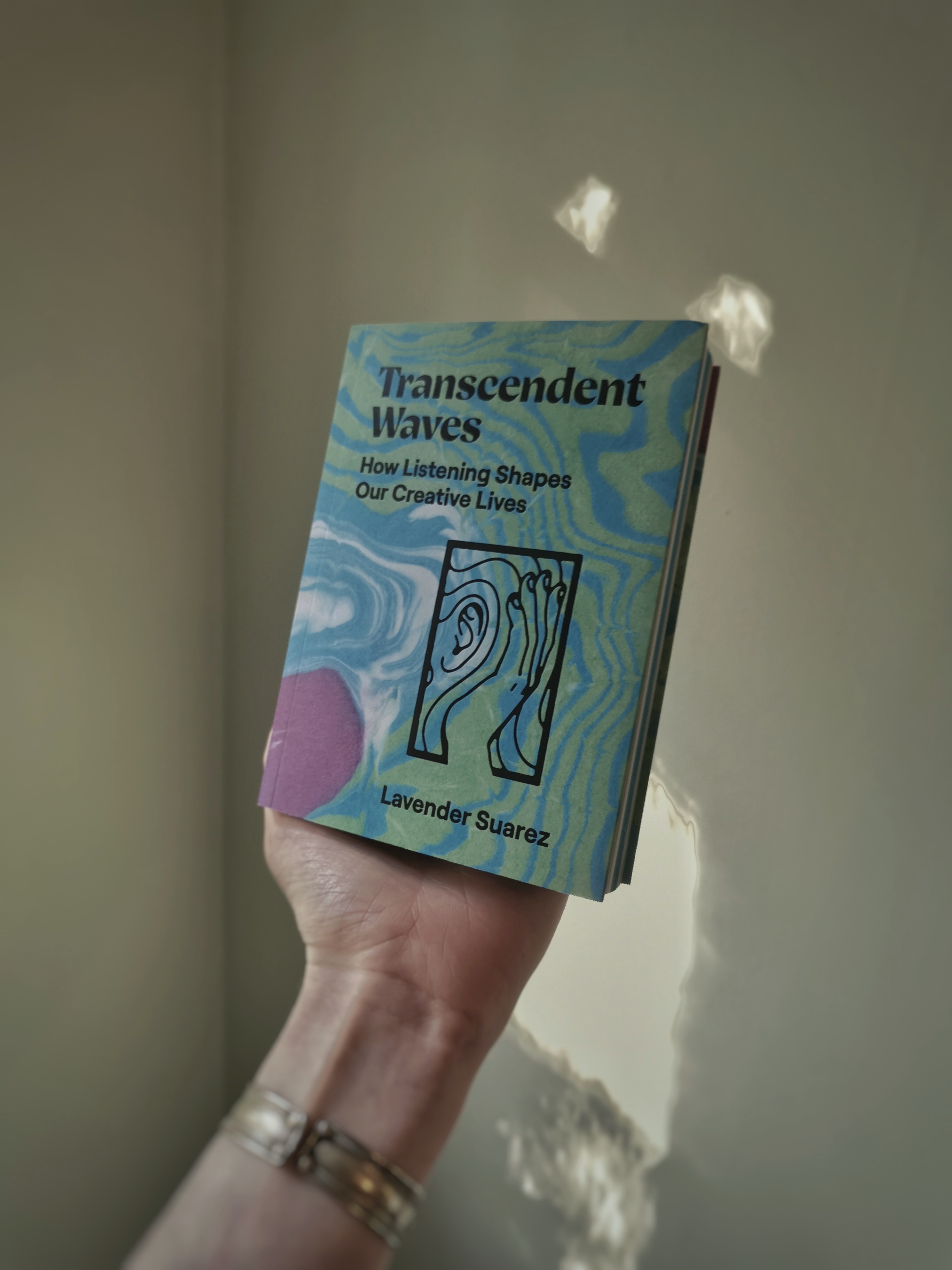
‘You’re a classic… Mr. Grinch’
By Clive Ramroop, Contributor
“Every Who down in Whoville liked Christmas a lot…” Can you say the next line? Yep, that’s what I thought.
By now, virtually everyone should know this story and its distinct imagery from the mind of Dr. Seuss—the overloaded sleigh on Mount Crumpit, Max the dog with an antler tied to his head, Cindy Lou Who, and, of course, that familiar guy in green whose heart was two sizes too small. This enduringly popular children’s book by Seuss is now 60 years old, having spawned adaptations into an animated Christmas TV special, a live-action Jim Carrey film in 2000, and a CGI film coming next year with Benedict Cumberbatch voicing the title character. However, the story of the Grinch goes further than that.
Seuss’ first use of his Grinch character was in a 32-line poem titled “The Hoobub and The Grinch,” originally published in the May 1955 issue of Redbook magazine, predating his Christmas story by two years. Unlike the more familiar malevolent Christmas hater, this early version of the Grinch is a con artist who meets an everyman-esque Hoobub relaxing in the sun, and swindles him into buying an otherwise useless piece of green string. In archetypal used-car-salesman fashion, he aggrandizes the scant “virtues” of the string and exaggerates the natural dangers of excess solar exposure en-route to a successful sale—a parable-like critique on marketers aggressively (and deceptively) pushing items on the public that they don’t need.
Seuss began writing How the Grinch Stole Christmas! in early 1957, with his wife Helen Palmer Geisel as an uncredited editor despite suffering a mild stroke, among other health problems. According to the 2004 biography The Seuss, the Whole Seuss, and Nothing But the Seuss, the Grinch story was “the easiest book of his career to write, except for its conclusion.” Seuss wrote most of the story in only a few weeks, but toiled over the ending for three months, trying to explain the Grinch’s change of heart—or increase in three sizes—without feeling like a “second-rate preacher or some Biblical truism.” Desperate to finish the book, Seuss gave up on bothering to make a statement and simply had the Grinch return the stolen loot to the Whos without any karmic consequences whatsoever, and as a result become the guest of honor to carve the roast beast for their Christmas banquet. The completed story was first published in Redbook magazine that fall, and released as a stand-alone book by Random House in time for the Christmas season.
Other Grinch trivia:
-The inspiration behind the story came from a grimacing reflection in the mirror while Seuss was brushing his teeth the morning after Christmas 1956. Compounded by his own dislike of the commercialization of the holiday, he wrote the book “to see if [he] could rediscover something about Christmas that obviously [he’d] lost,” he said in a 1957 Redbook article.
-The Grinch was Seuss’ first main character in his books to be an adult, as well as a villain.
-Some observers including Seuss himself have pointed out common links between the Grinch and Seuss’ real-life self, one of which being the two having the same age. He was 53 years old when he wrote the book; in the story, the Grinch complains that he’d suffered through the Whos’ celebrations for 53 years.
-Seuss’ car had a license plate that read “GRINCH.”
-Aside from the animated adaptation of the book, the Grinch also appeared in two other TV specials: Halloween Is Grinch Night (1977) and The Grinch Grinches the Cat in the Hat (1982).

